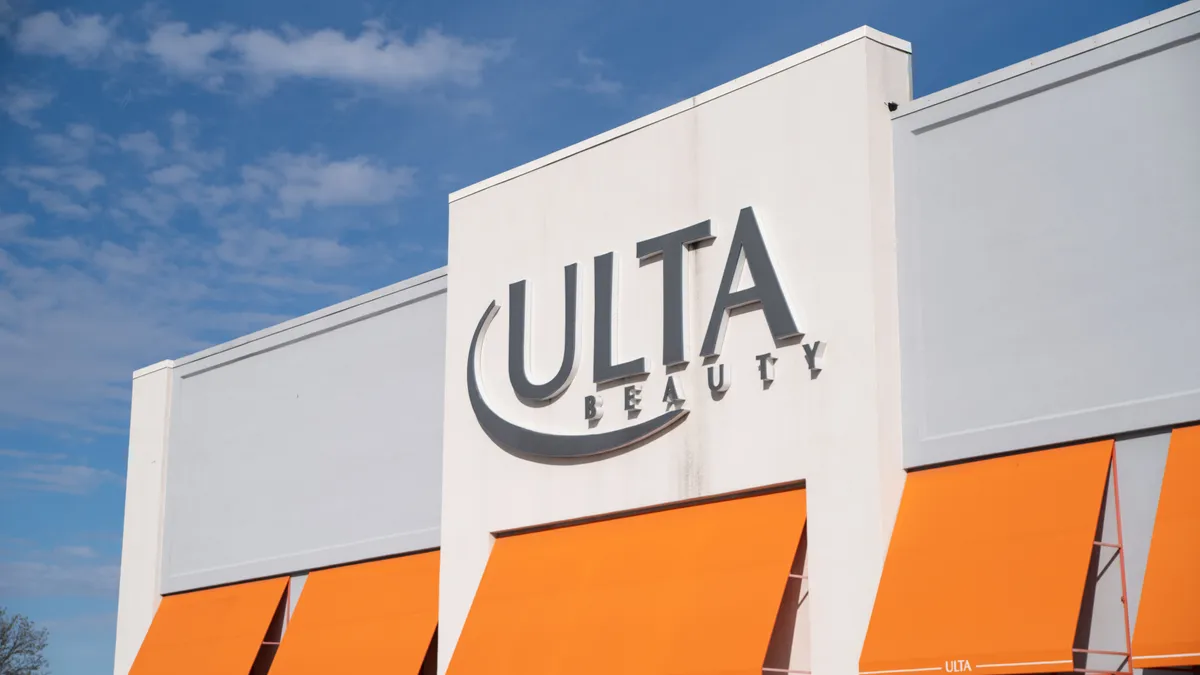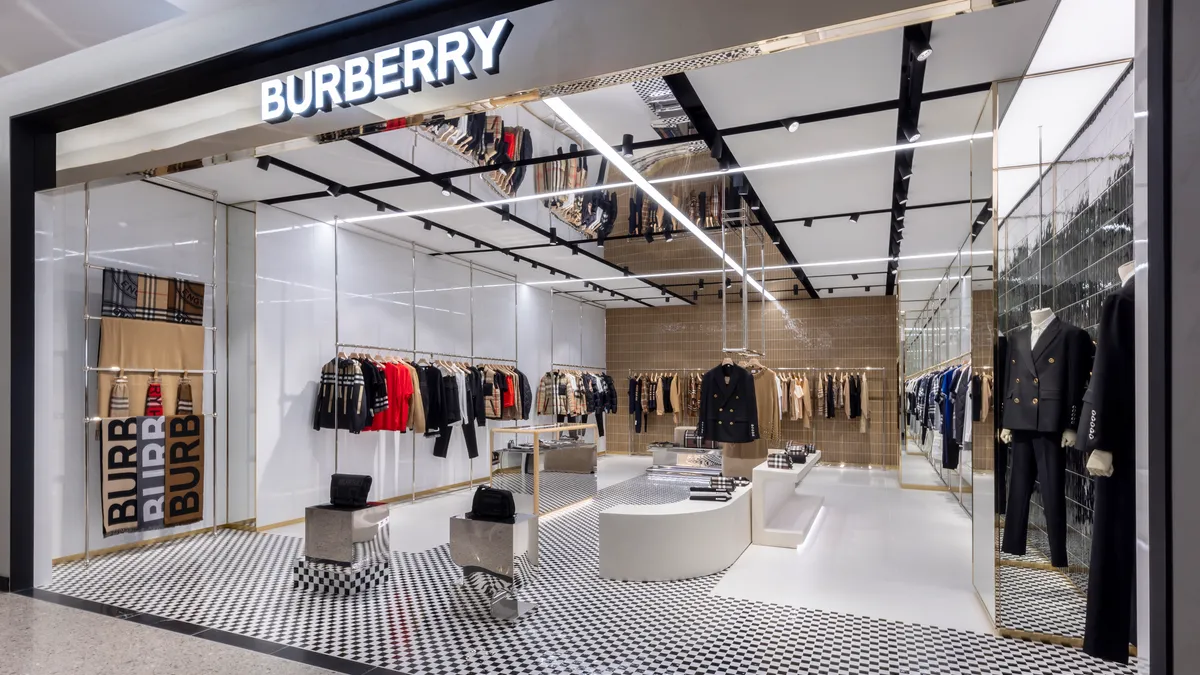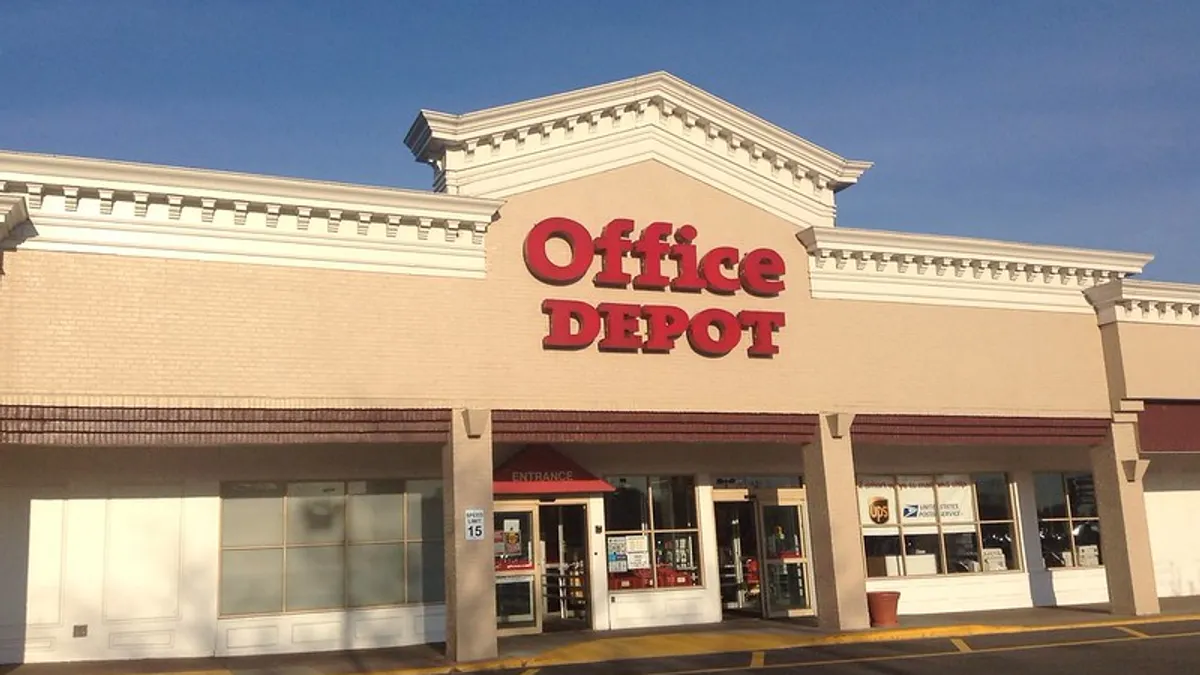While it may be simple to think that the worst of the pandemic's impact is now behind us, the ripple effect of the global health crisis is still playing out.
Over the past few weeks retailers reported their latest earnings, and as they did a number of patterns emerged. Namely, that companies are dealing with an environment marked by supply chain delays, heightened transportation costs, inflation and decisions about product prices.
On top of that, the war in Ukraine has pushed retailers to weigh how they do business with Russia as much of the world has imposed sanctions on the country.
While many companies have successfully navigated these challenges (at least for now), the pressure may not let up anytime soon. Experts recently stated that shippers should expect no relief for the rest of the year as structural issues in ocean transportation have not been resolved.
From Walmart reporting that supply chain costs were $400 million more than anticipated, to Target saying that ongoing supply chain pressures and cost increases will impact the front half of the year, here is a roundup of what executives said on their latest earnings calls about these issues.
Brett Biggs, Walmart CFO
Supply chain costs were over $400 million higher than expected, but we expect some of those costs to abate overtime.
[F]or the first time in a while, we expect some expense deleveraging as we continue to see elevated supply chain wage and tech costs. We'll continue the multiyear journey of accelerated capital investment focused on increasing fulfillment capacity, automation and technology to enhance productivity.
Doug McMillon, Walmart CEO
[D]uring periods of inflation like this, middle income families, lower middle income families, even wealthier families become more price sensitive. And that's to our advantage.
So we've been through this before. And we run with inflation around the world all the time. Inflation is a different environment in the U.S. right now than it has been in recent times for sure, but we've been dealing with inflation in South America and Mexico and other places and just to kind of understand what that looks like.
Brian Olsavsky, Amazon CFO
We had said that we would have about $4 billion of additional costs due to labor shortages and the inefficiencies of that cause as well as increased labor rates and shift differentials of premiums and external transportation costs. We came in just slightly over that $4 billion. I think things went as expected.
[T]here's specific things that I think we all see in the supply chain where we're waiting for products. But as far as Amazon is concerned, we did a lot to combat the supply chain issues we saw in Q4 or anticipated in Q4. We bottled product ahead. We work with vendors to secure inventory early, in some cases, paid earlier, which had a working capital impact. We also worked very hard to open up channels of — existing channels of input into the country, whether it was port capacity or vessel capacity. So, we did everything.
John Mulligan, Target COO
Before last year, we hadn't added a new regional distribution center in over a decade, even as our total sales grew 40% over that same time period. Rather than add buildings, we grew by investing in automation, robotics and process design to improve the efficiency of our existing sites. Of course, we will always keep investing to make our buildings more efficient.
But with an additional $27 billion in sales over the last two years, we can't rely on that alone. It's time to expand our network. Last summer, we opened two new distribution facilities, one in New Jersey and one in Chicago. Today, we have four more currently in development that will open over the next few years with plans for several more to follow. Lighting up new buildings adds tremendous capacity to our supply chain network in support of our stores and will position Target to handle many more years of growth.
This capability isn't something we built overnight. It's the result of many strategic decisions we have made over time, working together in a model that's unique to Target.
[I]n the front half of this year, we will be annualizing last year's government stimulus, while facing ongoing supply chain pressures and other cost increases. In contrast, as the year progresses, we will begin comping over the period of higher costs that emerged in the back half of last year, while our supply chain and merchandising strategies have more time to adjust. As such, we expect our quarterly profit performance will be choppy during the year and generally improve as the year progresses.
Scott Settersten, Ulta CFO
[W]e plan to spend between $375 million and $425 million in CapEx, including approximately $195 million for supply chain and IT; $150 million for new stores, remodels and merchandise fixtures; and about $55 million for store maintenance and other.
Dave Kimbell, Ulta CEO
[W]e are tracking and monitoring closely the inflationary environment, and we understand the unique dynamics that we're facing. We recognize consumers are going to be facing headwinds from rising prices and other dynamics.
I will say that as we look at the beauty category, even with these headwinds, we remain positive. The category is healthy. It is growing. It's emotionally important and connected to our consumers. We are in the midst, even as we face some of these inflationary pressures, that we're in the midst of opening of the economy, of the world around us, which is beneficial. We know consumers are working to maintain their self-care routine.
Rob Wallstrom, Vera Bradley CEO
In the fourth, we began initiating strategic price increases across both of our brands to mitigate some of these inflationary and supply chain pressures, and we are continuing to implement price increases throughout 2022.
In hindsight, we should have implemented price changes more quickly. The price increases should more than offset continuing rising freight costs to deliver year-over-year gross margin improvement in fiscal 2023.
[W]e have started to change prices, a few of our factory items we did at the end of the year in Vera Bradley. We also started taking price changes in Pura Vida.
So far, we have not seen any negative reaction from the consumer. So we're hoping that we see that continue as we continue to raise prices, but throughout the first half of this year.
Rob Helm, The Children's Place CFO
Higher inbound transportation costs will continue to impact gross margin throughout the balance of fiscal 2022 resulting from the continued disruption in global supply chain. We anticipate that these increased costs, particularly expedited air freight costs, will impact us to a greater degree in the first half of the year versus the second half.
Matt Moellering, Express COO and Interim CFO
Compared to 2020, our inventory was up 36%, reflecting aggressive action we took to mitigate supply chain challenges. We have adjusted our go-to-market calendar to order product 2 to 3 weeks earlier than normal. The additional transit time will ensure that product arrives on time for product launches, while minimizing costlier shipments. We also made investments in core categories with long lead times, such as denim and men's suits. These investments represent approximately $35 million of the increased inventory.
We also packed and held approximately $12 million of holiday product that arrived late. This product is aligned with our outlet channel assortment strategy and we are confident it will sell through at regular prices in fall of 2022. We remain focused on ensuring that we are well-positioned on both the newness and composition of our inventory and because we expect these supply chain challenges to continue, our inventory levels will remain elevated in the first half of the year and move closer to parity with sales growth in the back half of the year.
[A]nd as we get the product and brand stronger and stronger, that helps with price stability as well and allows us to ask for higher prices and get them.
Jeff Boyer, Fossil Group COO
For us, the most important issue is managing our product flow and ensuring product delivery for seasonal peaks and promotions. We've added time to our delivery schedules for both air and ocean deliveries to account for the longer lead times. Our teams around the world have done an outstanding job of ensuring timely product flow despite the longer lead times and unforeseen disruptions that can happen.
With the structurally higher shipping costs, we are looking at all elements of our supply chain end-to-end to identify efficiencies and improve our supply chain resiliency. From better forecasting, demand trend and inventory management to production planning and logistics.
We see improvements in these areas of the supply chain as providing sales opportunities with enhanced inventory availability, while at the same time providing offsets to the supply chain cost pressures.
However, the most recent wildcard we are facing currently is the fuel increase driven by the increase in the price of oil globally ... If fuel and other raw material prices continue to increase, we will consider additional pricing actions similar to what we executed this past year.
Voin Todorovic, Build-A-Bear Workshop CFO
[W]e proactively accelerated the timing of many of our order placements and we increased quantities for core products and evergreen merchandise collection to support our business momentum and as part of our efforts to mitigate ongoing supply chain challenges. We remain comfortable with the level and composition of our inventory.
[M]erchandise margin reflected lower promotional activity and the strategic increase of prices on highly sold active products which was more than offset by increased air freight costs and supply chain and inflationary pressures that we continue to anticipate being headwinds for the foreseeable future.
[W]e've been selectively increasing prices last year, and we are going to continue to look and reassess. And at the end of the day, we have been able to deliver strong results last year. As you pointed out and we called out, we expect to deliver, again, a record Q1 profitability and improvement in revenue versus last year. So we definitely feel good about things that we have seen so far. But again, there is just future uncertainty as especially it relates to some of the oil changes and some of the prices that we are seeing in the geopolitical front.























